Introduction to the charm of artistic ceramics
Artistic ceramics is one of the oldest forms of craftsmanship, capable of transforming natural materials into unique and timeless works. Behind every vase, plate or sculpture lies a long and fascinating manufacturing process, handed down over the centuries with passion and mastery. In this article we will discover the fundamental phases of ceramic production, with a focus on Sicilian artisan traditions, in particular those of Caltagirone, a symbolic city of Italian majolica.
The value of craftsmanship and tradition
Unlike industrial production, artisanal ceramics are distinguished by the attention to detail and the customization of each piece. Each object is the result of the work of expert hands, capable of shaping the clay into harmonious forms and embellishing it with colors and decorations that tell the story and identity of a territory. This added value makes artisanal creations authentic, unique and full of meaning.

Raw materials: clay and natural materials
The quality of ceramics depends largely on the raw materials used. Clay, an essential element of the process, must possess specific characteristics of plasticity and resistance. In Caltagirone, the production of ceramics originated thanks to the presence of rich clay quarries in the nearby area of Santo Pietro, from which artisans still extract the perfect material to create durable and high-quality artifacts.
In addition to clay, another fundamental element is the fuel needed for firing in the ovens. Traditionally, Sicilian artisans used wood from local forests, which guaranteed a constant and uniform temperature during firing, essential for obtaining the typical majolica finish.
The stages of the artisanal ceramic production
The creation of a ceramic artifact requires a complex process that develops in several phases, each of which is essential to guarantee the quality and beauty of the final product. The artisans of Caltagirone still follow traditional methods, handed down from generation to generation, to obtain unique pieces that enclose the soul of Sicily.
Turning and forming
The first stage consists of modeling the raw clay to give it the desired shape. There are two main techniques for this step:
- Turning : the clay is placed on a lathe and shaped by hand by the craftsman, who with precise movements defines its shape. This technique is used to create symmetrical objects such as vases, plates and bowls.
- Manual modeling : used for more complex sculptures and decorative objects, it involves the use of molds or direct hand-working to obtain unique and detailed shapes.
Once shaped, the object is left to dry to eliminate excess moisture before moving on to the next stage.
Drying and first cooking
Drying is a fundamental step to ensure the resistance of the object. The artifact is left to dry slowly in a temperature-controlled environment, avoiding thermal changes that could cause cracks or deformations.
After drying, the first firing takes place in ovens that reach temperatures of around 1000°C for around 13 hours. This process transforms the clay into a solid and porous material, called ceramic biscuit , ready to be decorated and glazed.
Enamelling and decoration
After the first firing, the artifact moves on to the enameling phase, during which a thin layer of white enamel based on oxides and kaolin is applied. This coating has a dual function: it protects the ceramic and creates a smooth and homogeneous surface on which to apply the decorations.
Once the glaze has dried, the object is ready to be hand-painted by the craftsmen. Decoration is one of the most artistic and distinctive phases of ceramic manufacturing, as each piece becomes a canvas on which the artist imprints motifs, colours and symbols linked to local tradition. In Caltagirone, for example, floral motifs, arabesque elements and the famous faces of the Moor's Heads are often found, which tell ancient stories and legends.
Second firing and finishing
After decoration, the ceramic must undergo a second firing in the oven, which fixes the colors and gives the surface the characteristic vitrified shine. This firing occurs at high temperatures, often above 900°C , and allows for the typical brilliance of Sicilian majolica.
During this phase, the artisans can apply particular aging and finishing techniques, also taking inspiration from the shading used by the great master Caravaggio . This chiaroscuro effect helps to enhance the three-dimensionality and depth of the decorations, making each piece even more suggestive and refined.
Caltagirone ceramics: a Sicilian excellence
Caltagirone is universally recognized as the capital of Sicilian ceramics. Its creations are appreciated all over the world for the quality of the workmanship, the richness of the colors and the beauty of the details. This artistic and cultural heritage is the result of centuries of history and innovation, which have allowed local artisans to refine their techniques and create unique and inimitable artifacts.
Buying a Caltagirone ceramic means owning a piece of tradition, a work that embodies the passion, art and know-how of a land rich in history.
Ceramiche Sofia: the elegance of tradition
Among the excellences of Caltagirone's ceramic craftsmanship , Ceramiche Sofia stands out, a laboratory specialized in the production of artistic majolica. Each piece created is the result of careful craftsmanship, which combines traditional techniques with a refined and original aesthetic.
The artisans of Ceramiche Sofia pay particular attention to the choice of raw materials, decoration and firing, to ensure that each creation is unique, unalterable over time and authentically Sicilian . Their collections include vases, plates, furnishing accessories and the iconic Moor's Heads , symbols of local culture.

The showroom of Ceramiche Sofia in Caltagirone
For those who wish to admire these extraordinary works of art up close, Ceramiche Sofia has its showroom in the heart of Caltagirone, in Corso Principe Amedeo di Savoia 13. Here you can discover a vast selection of artefacts, learn about the history and manufacturing techniques and choose a unique piece to enrich your home with the charm of Sicilian ceramics.
Visiting the showroom means immersing yourself in a world of colors, tradition and passion, coming into contact with the most authentic soul of Calatina ceramic art.
Conclusion
Artisanal ceramics are much more than a simple artifact: they are the result of a long and fascinating process that transforms the earth into timeless works of art. From the selection of the clay to the decoration, up to the final firing , each phase contributes to making each piece unique and precious.
Purchasing a creation by Ceramiche Sofia means bringing home a piece of Sicily, made with passion, dedication and respect for a tradition that continues to live and enchant.
FAQ
1. How long does it take to make a ceramic product?
The entire process, from modeling to final firing, can take several weeks, depending on the complexity of the piece and drying times.
2. Why is Caltagirone ceramics so famous?
Caltagirone is a ceramic production center with centuries of history, known for the quality of the local clay, the refined artisan techniques and the richly detailed decorations.
3. What makes Ceramiche Sofia ceramics unique?
The use of high quality materials, hand-made decorations and attention to detail guarantee exclusive and unalterable artefacts over time.
4. Where is the Ceramiche Sofia showroom located?
The showroom is located in Caltagirone, in Corso Principe Amedeo di Savoia 13 .
5. Can I buy Caltagirone ceramics online?
Many workshops offer the possibility of purchasing online, including Ceramiche Sofia , which allows you to receive authentic pieces directly at home.
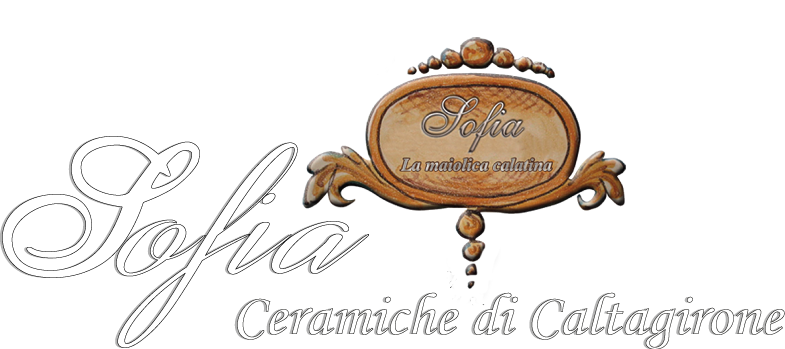
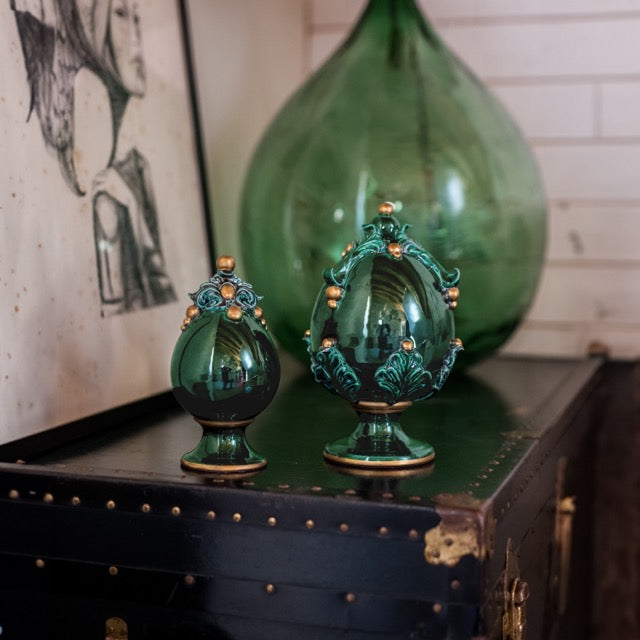
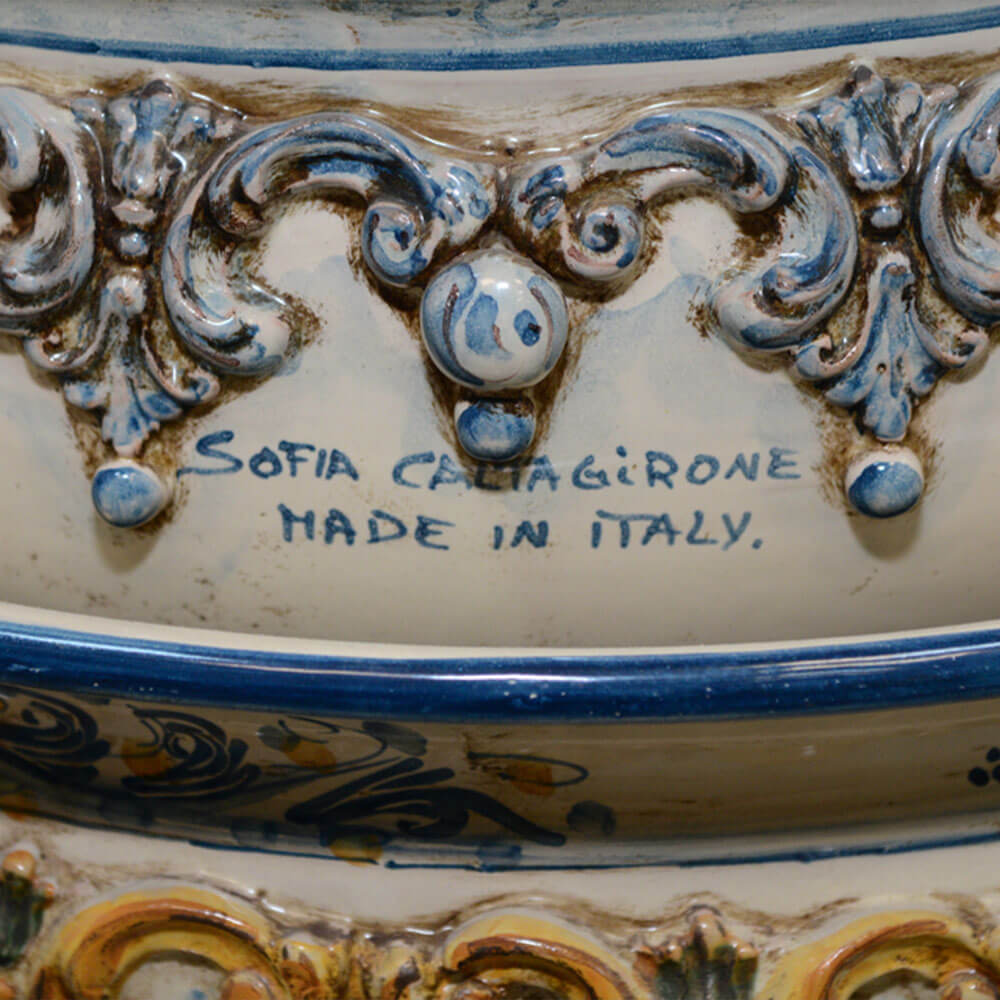
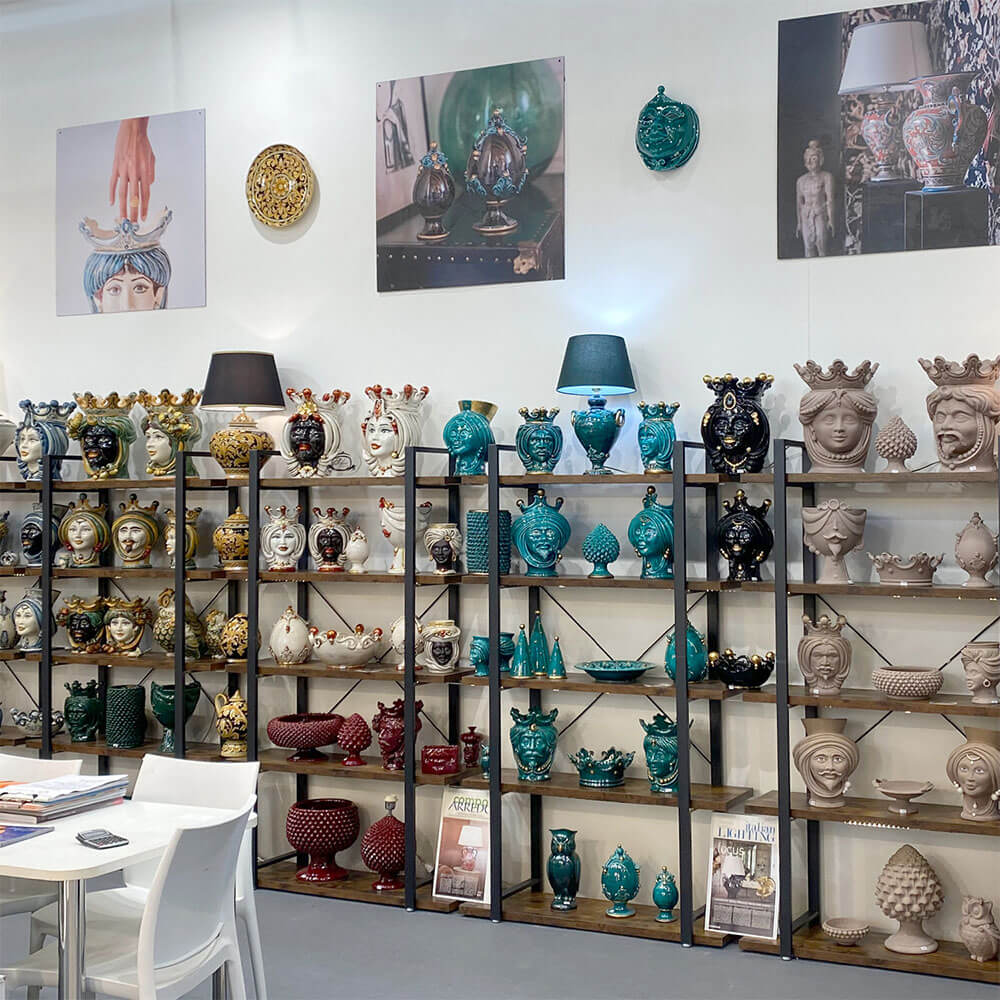
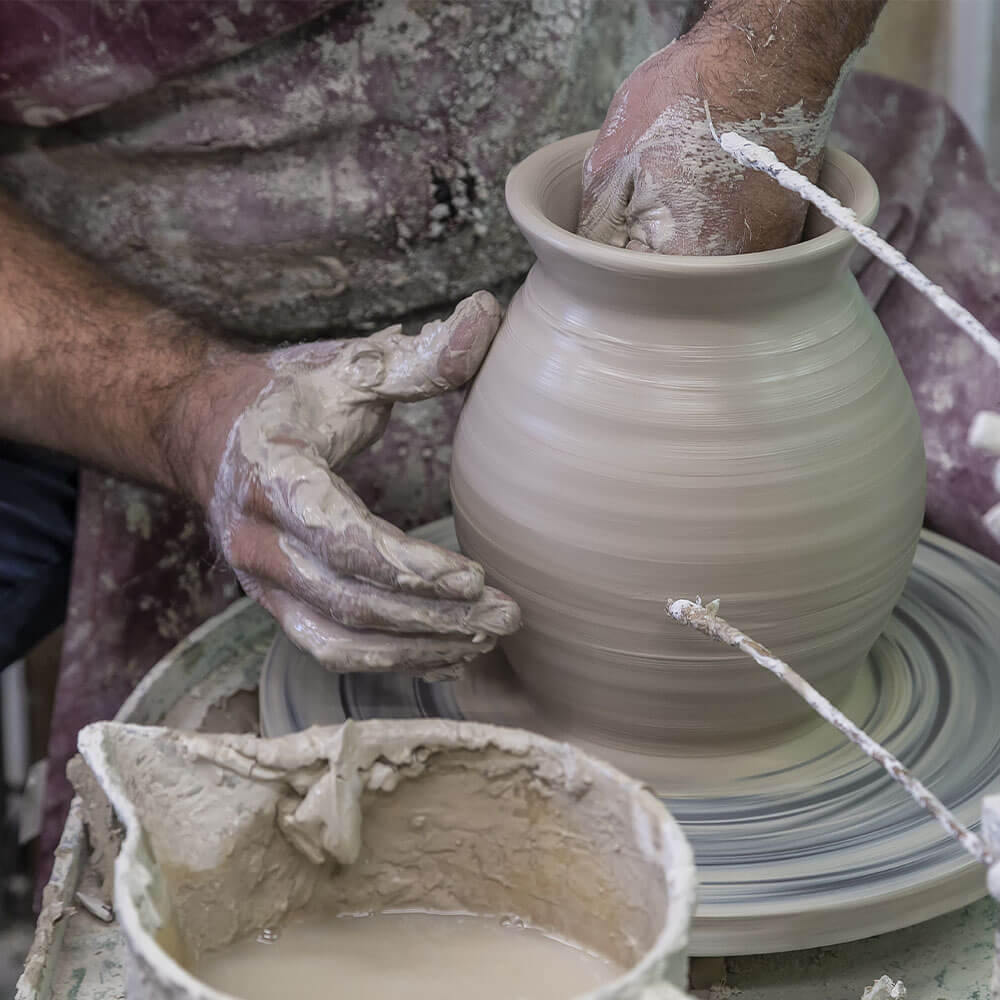

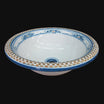
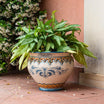



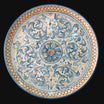

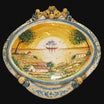
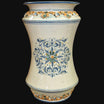
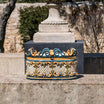
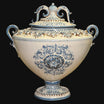
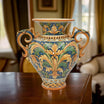
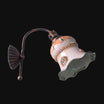

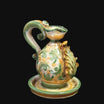


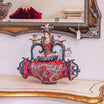

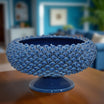
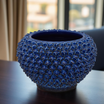
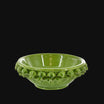
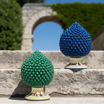
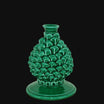
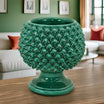
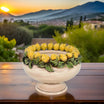
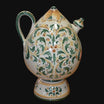
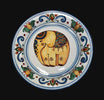
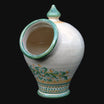





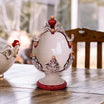
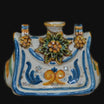
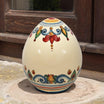
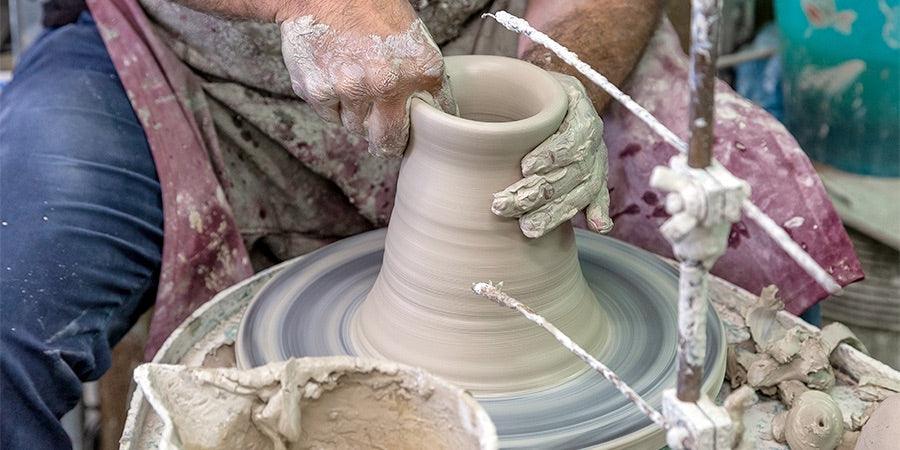
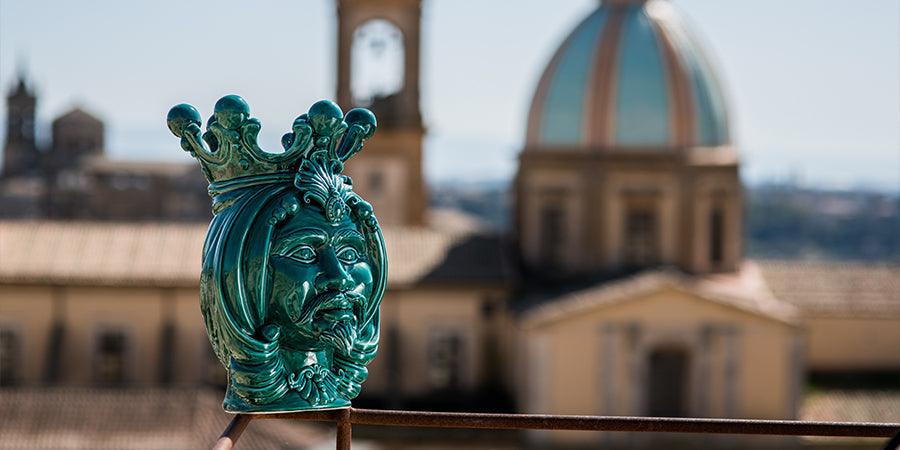

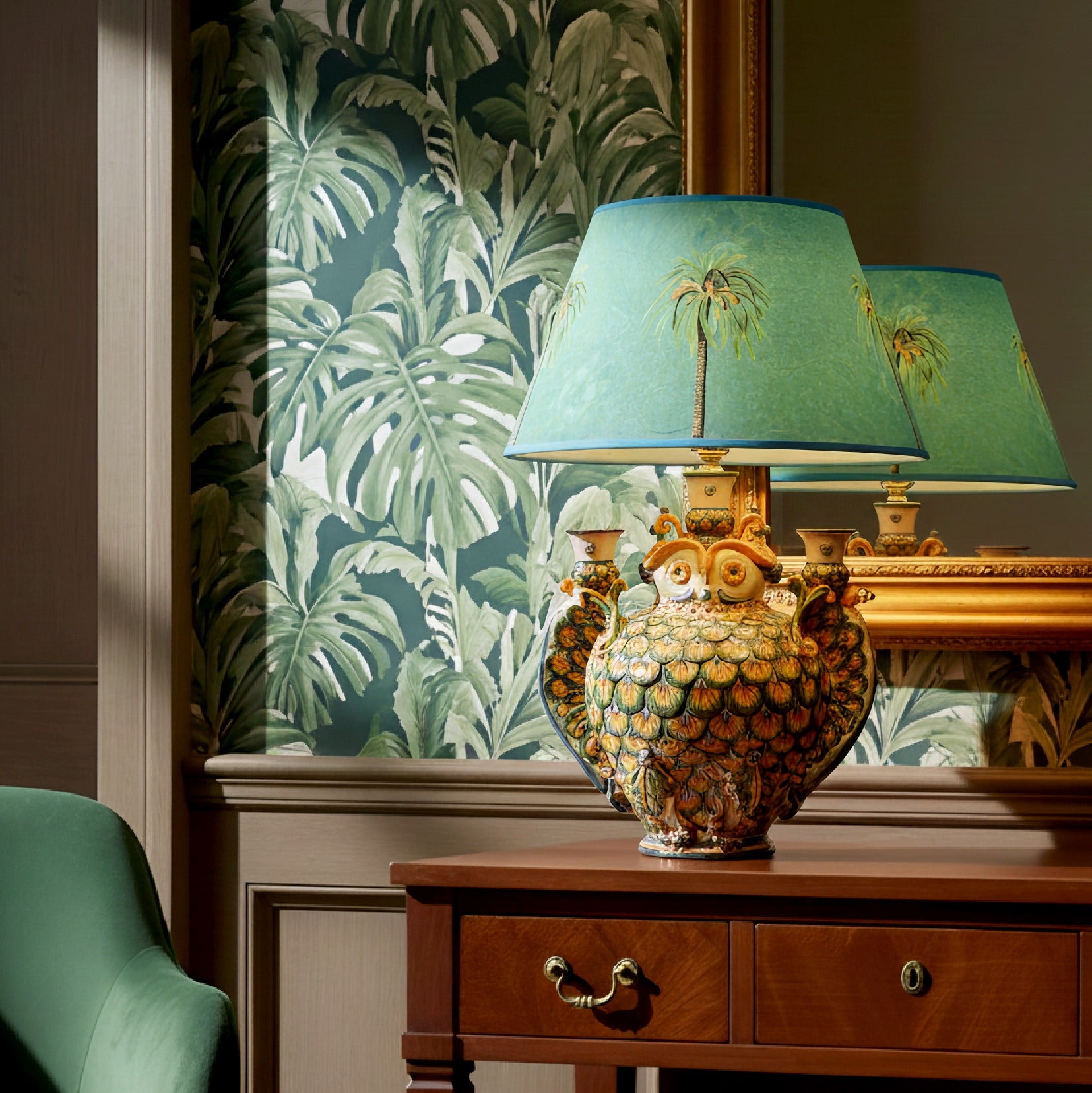
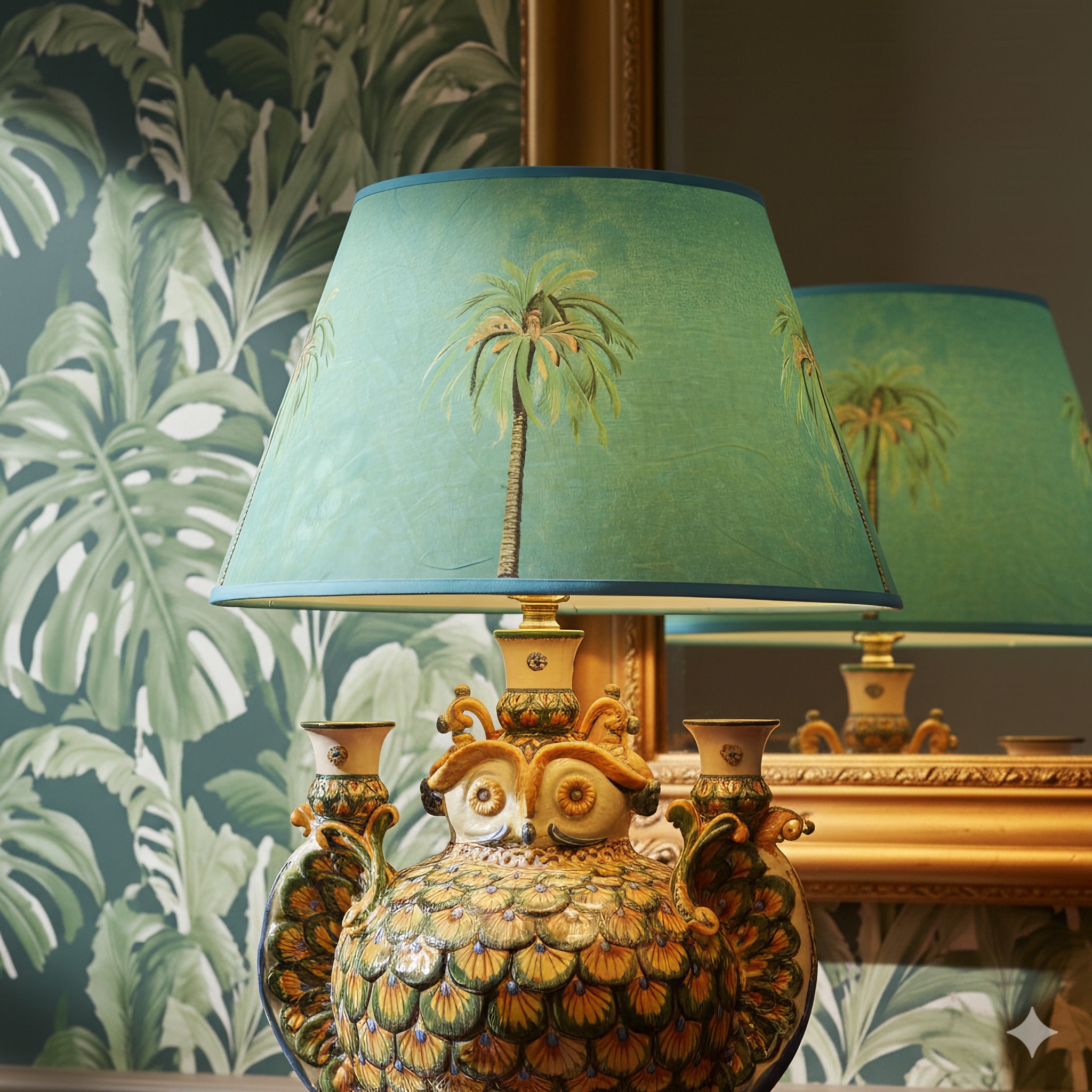
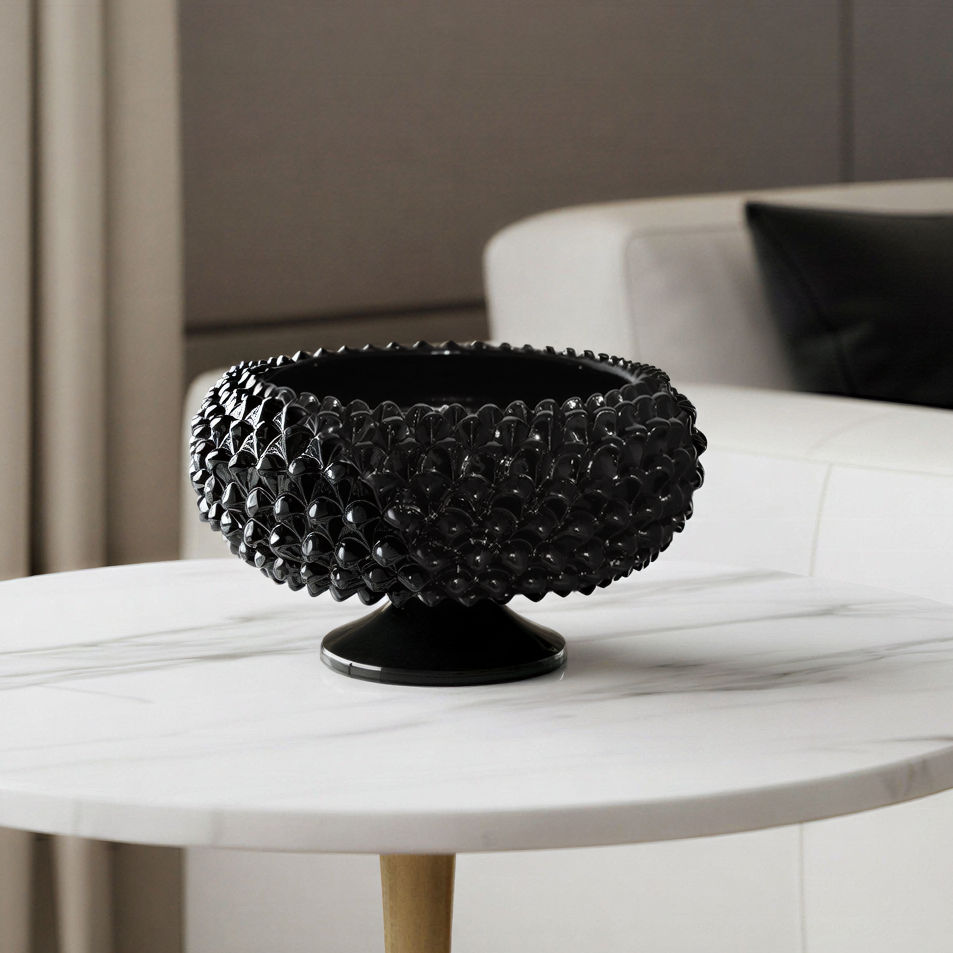
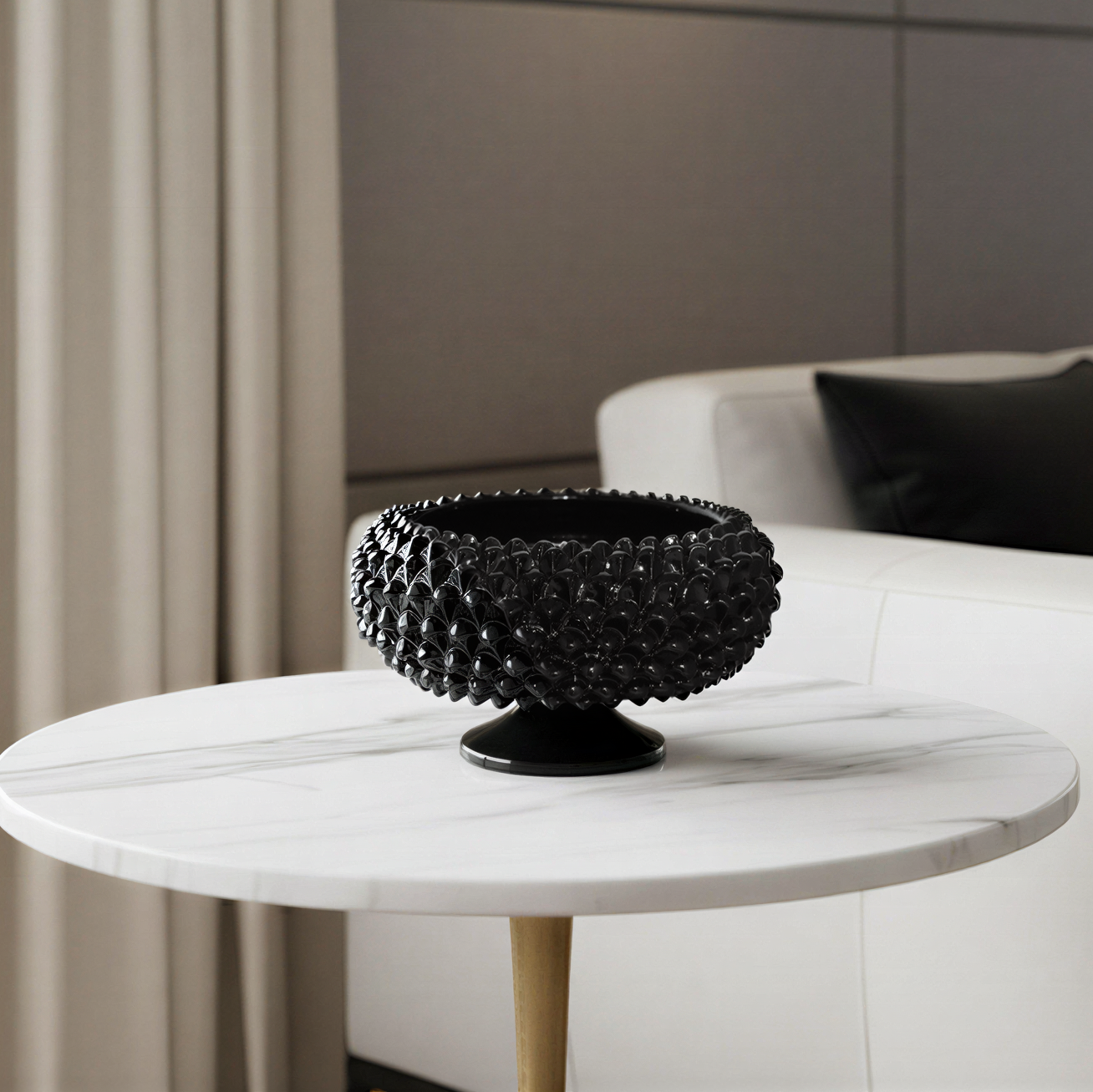
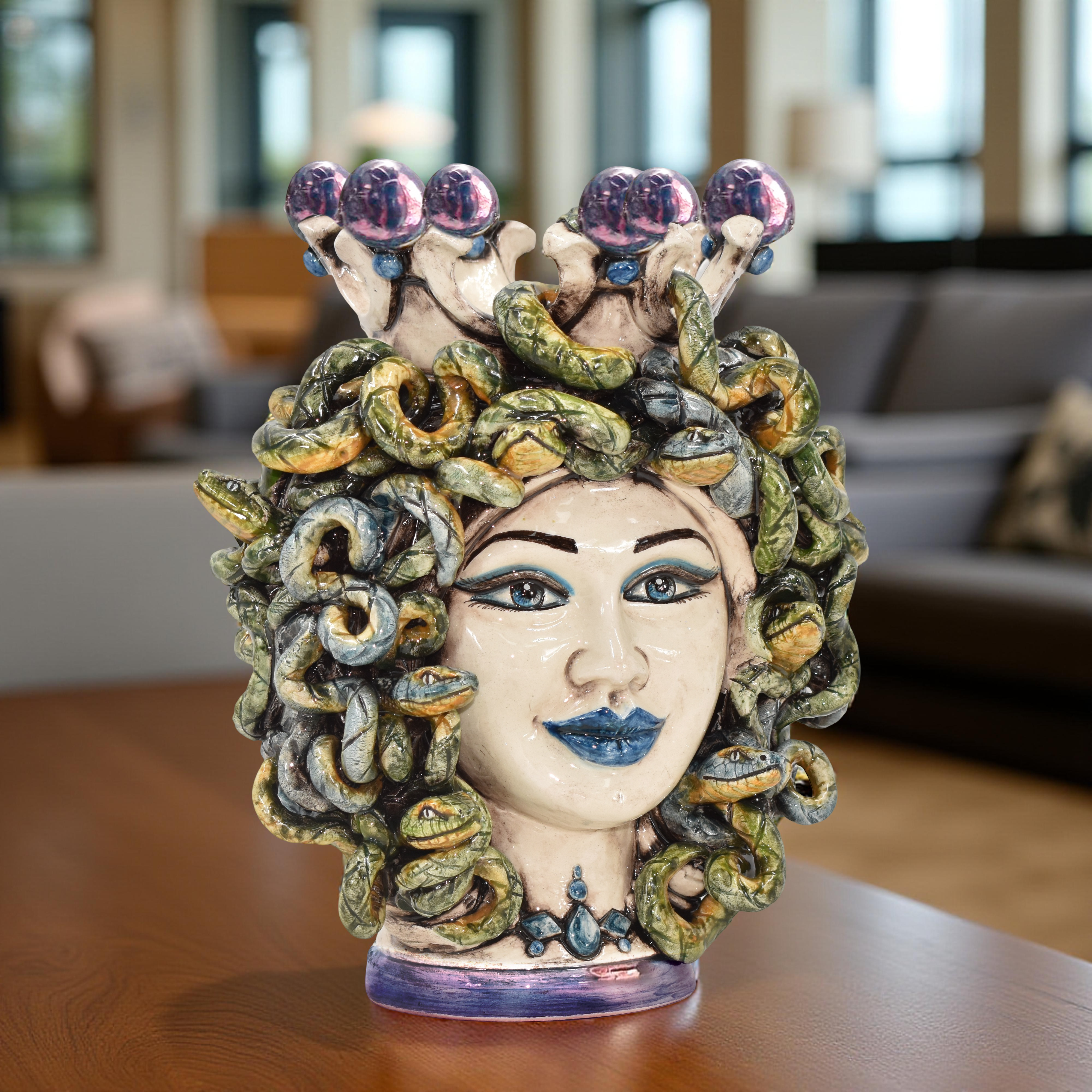
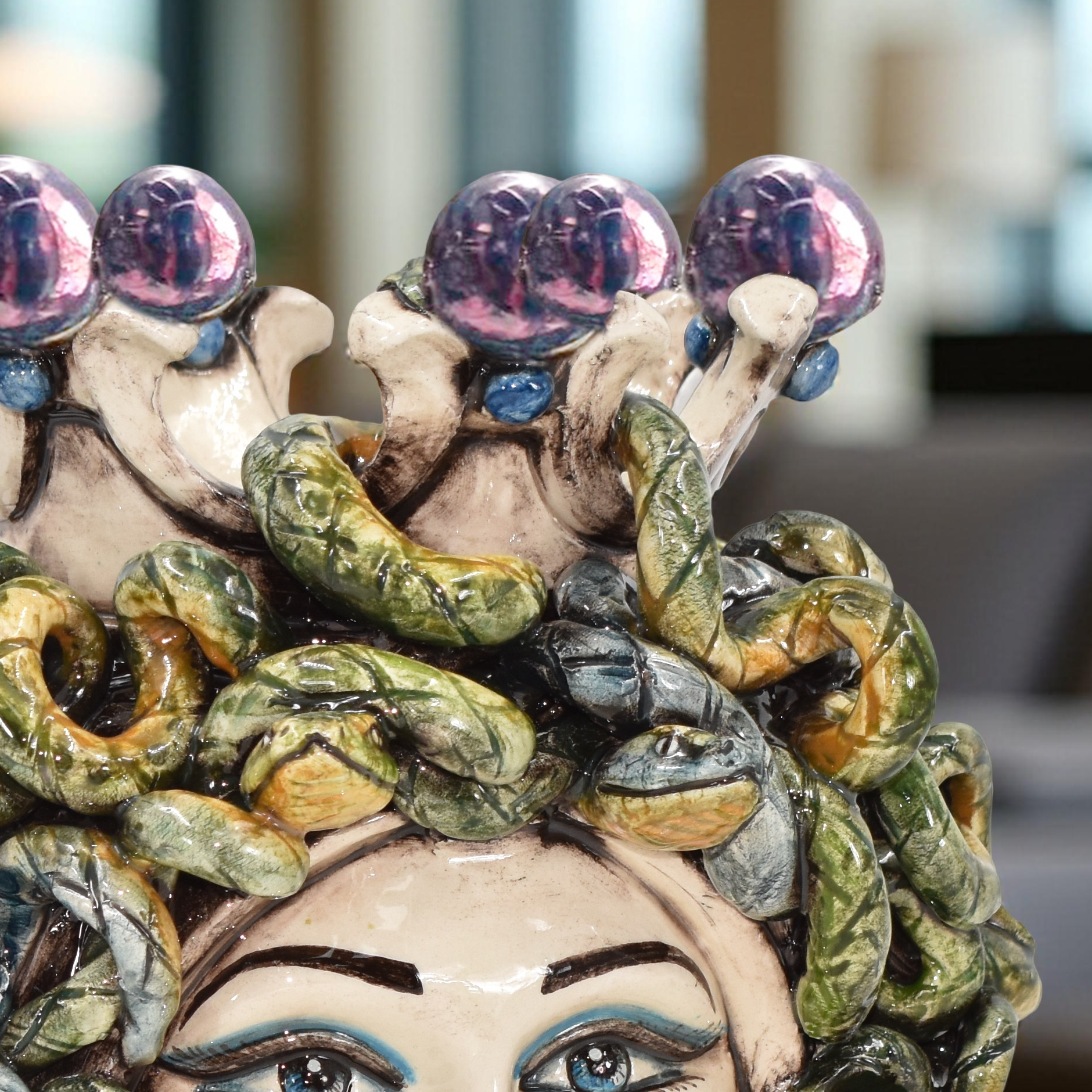
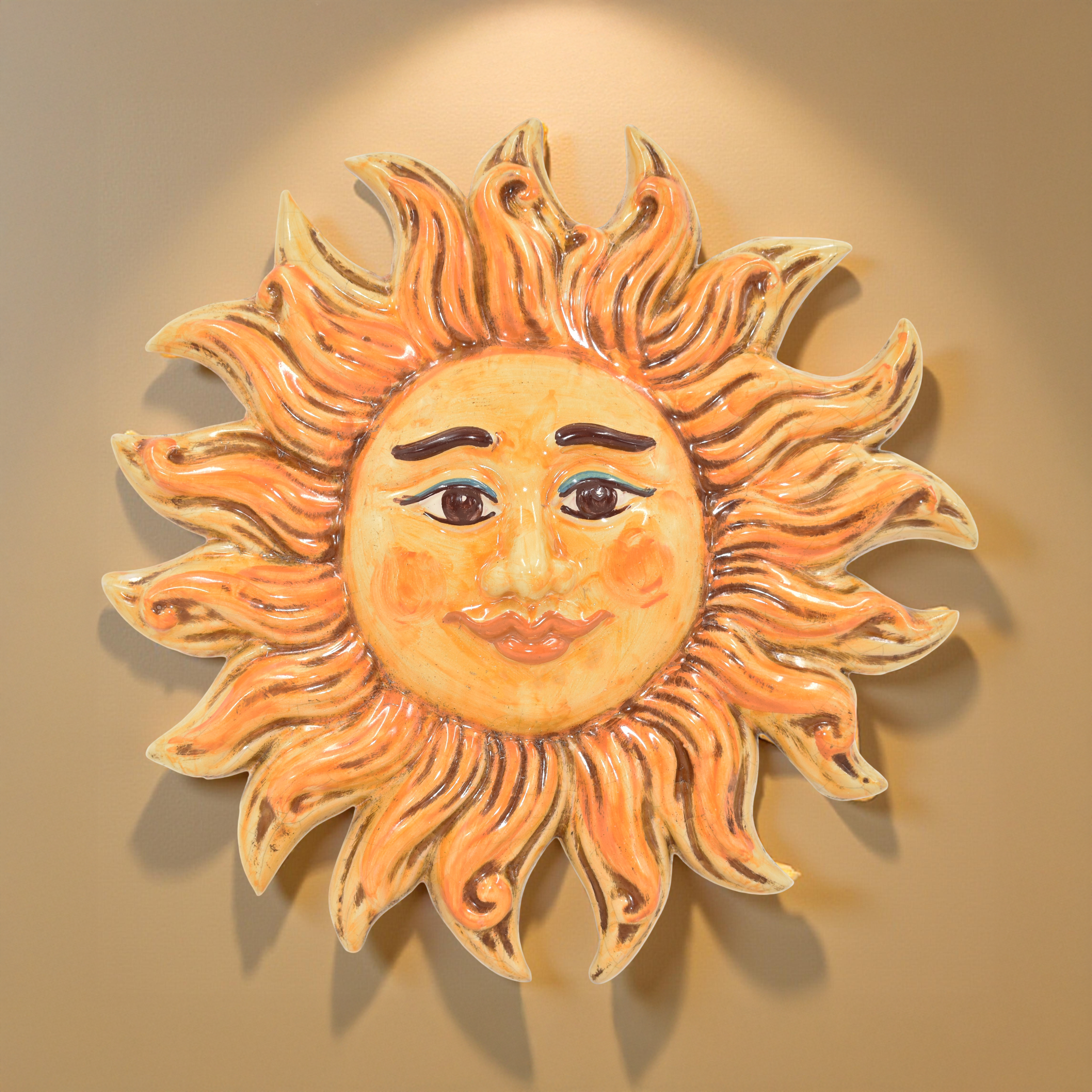
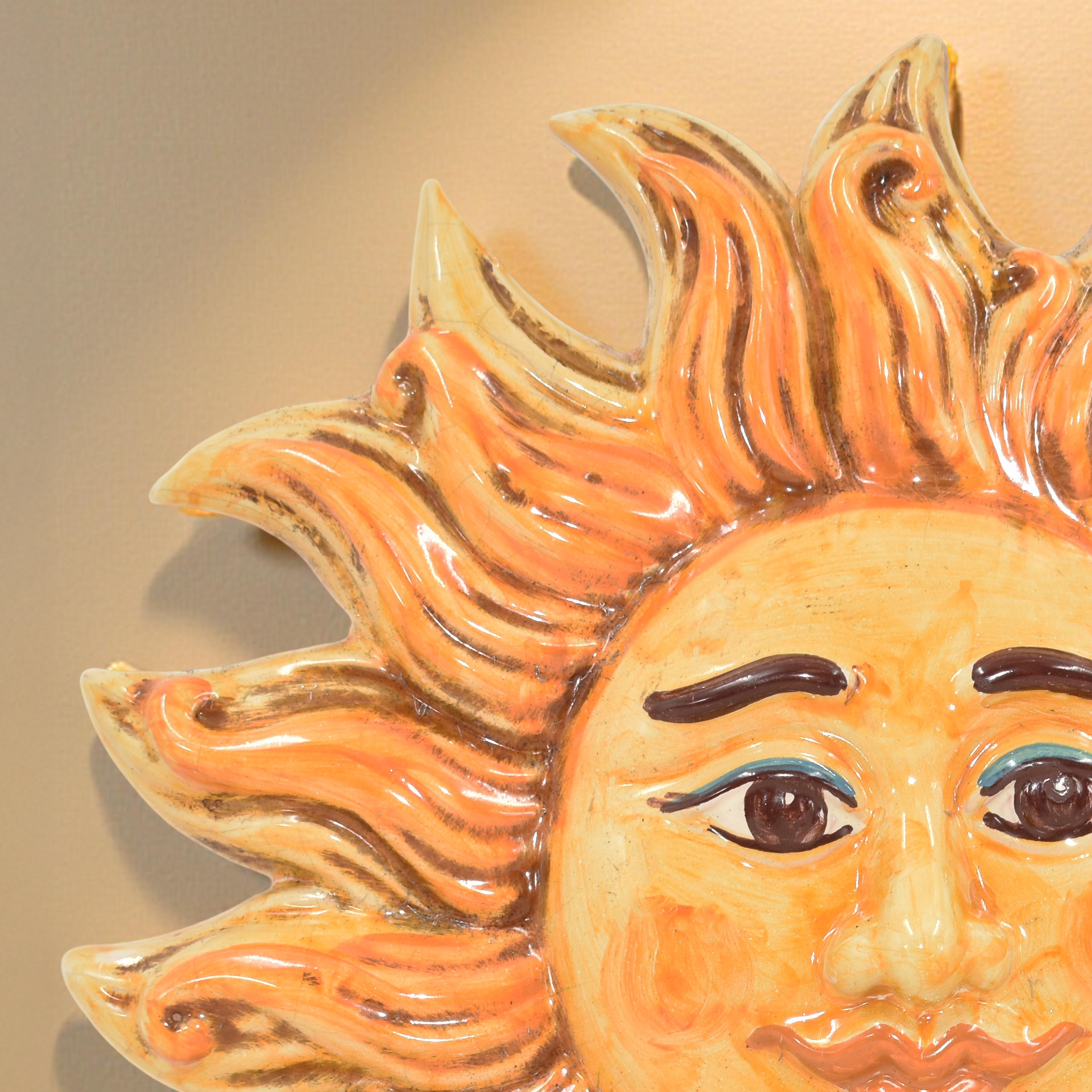
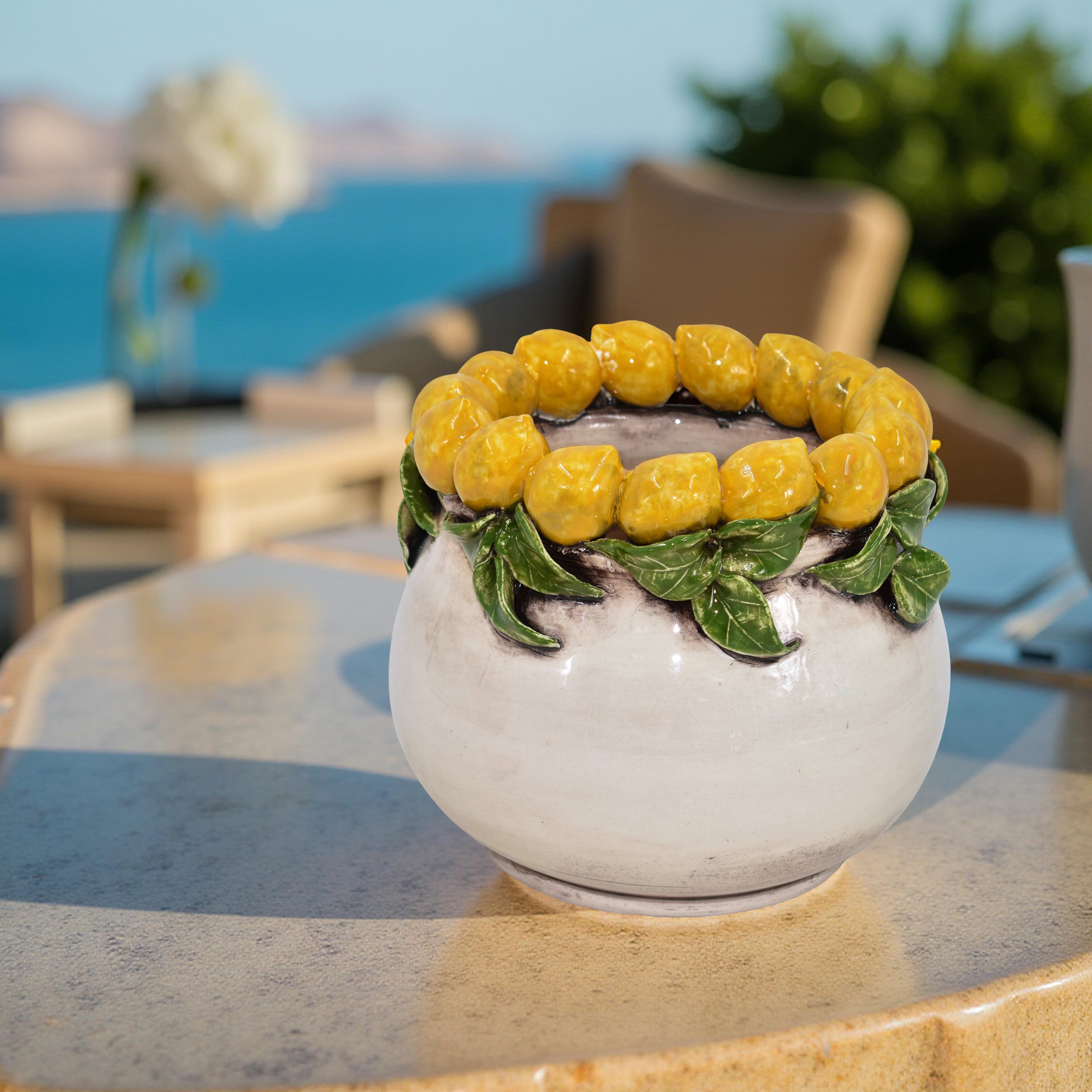
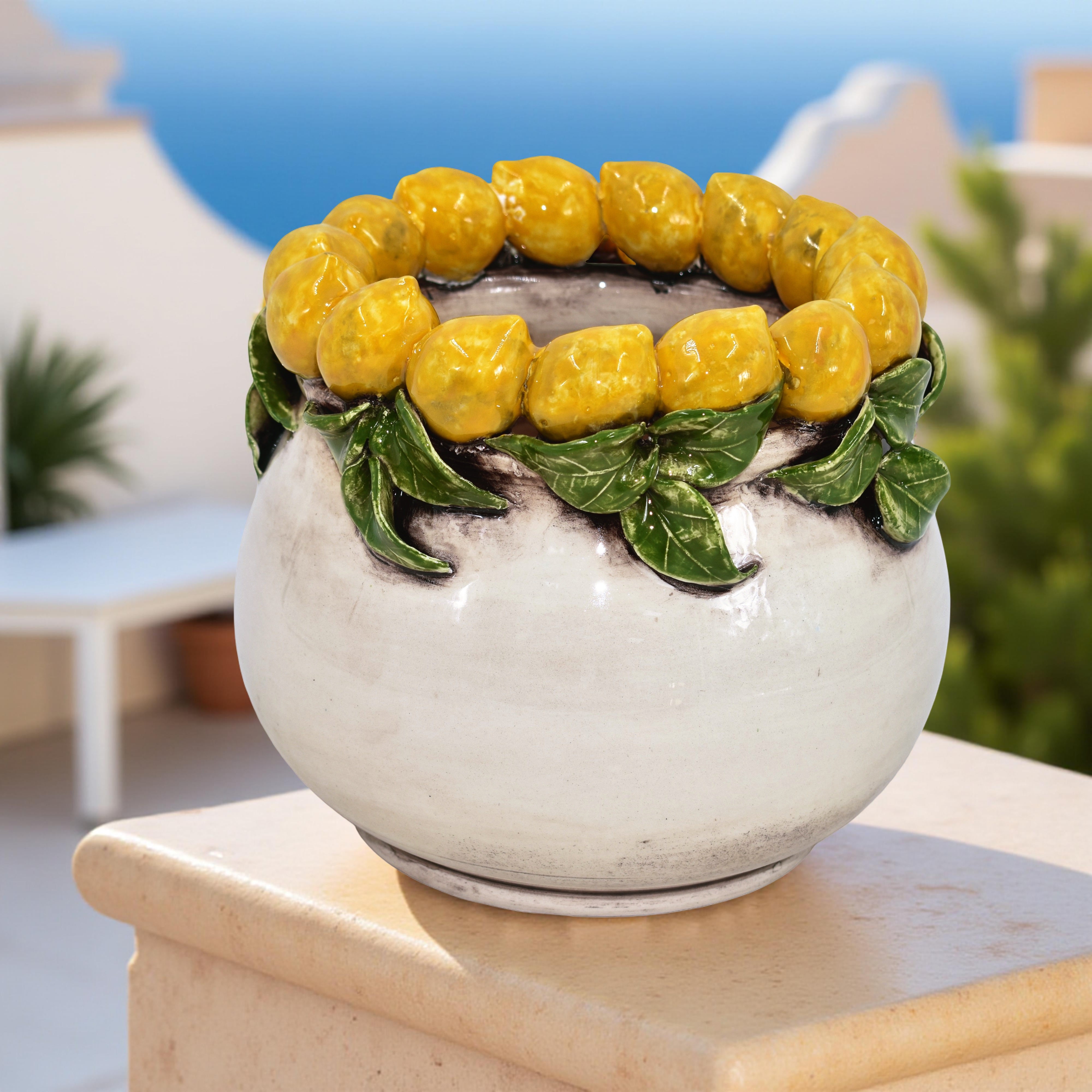
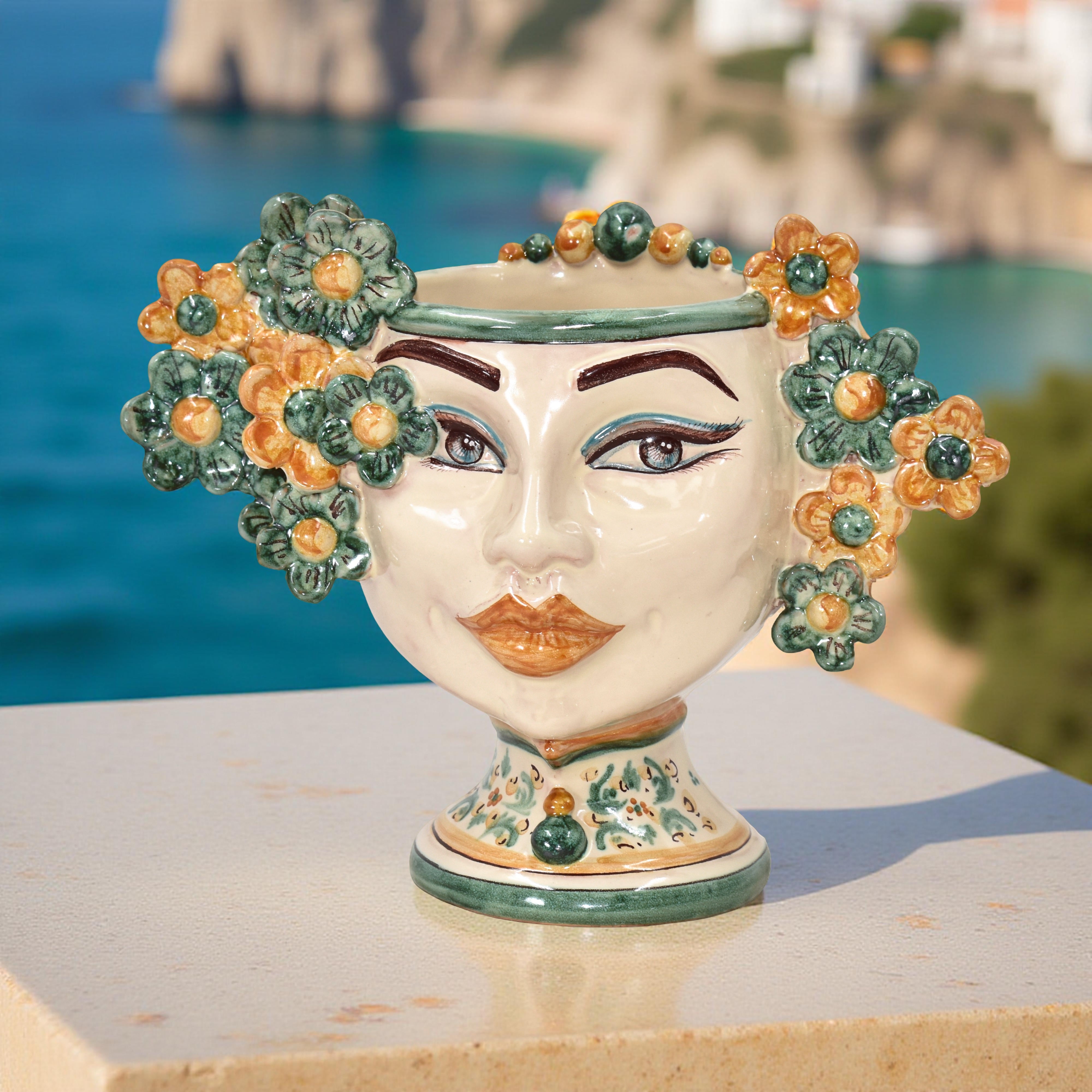
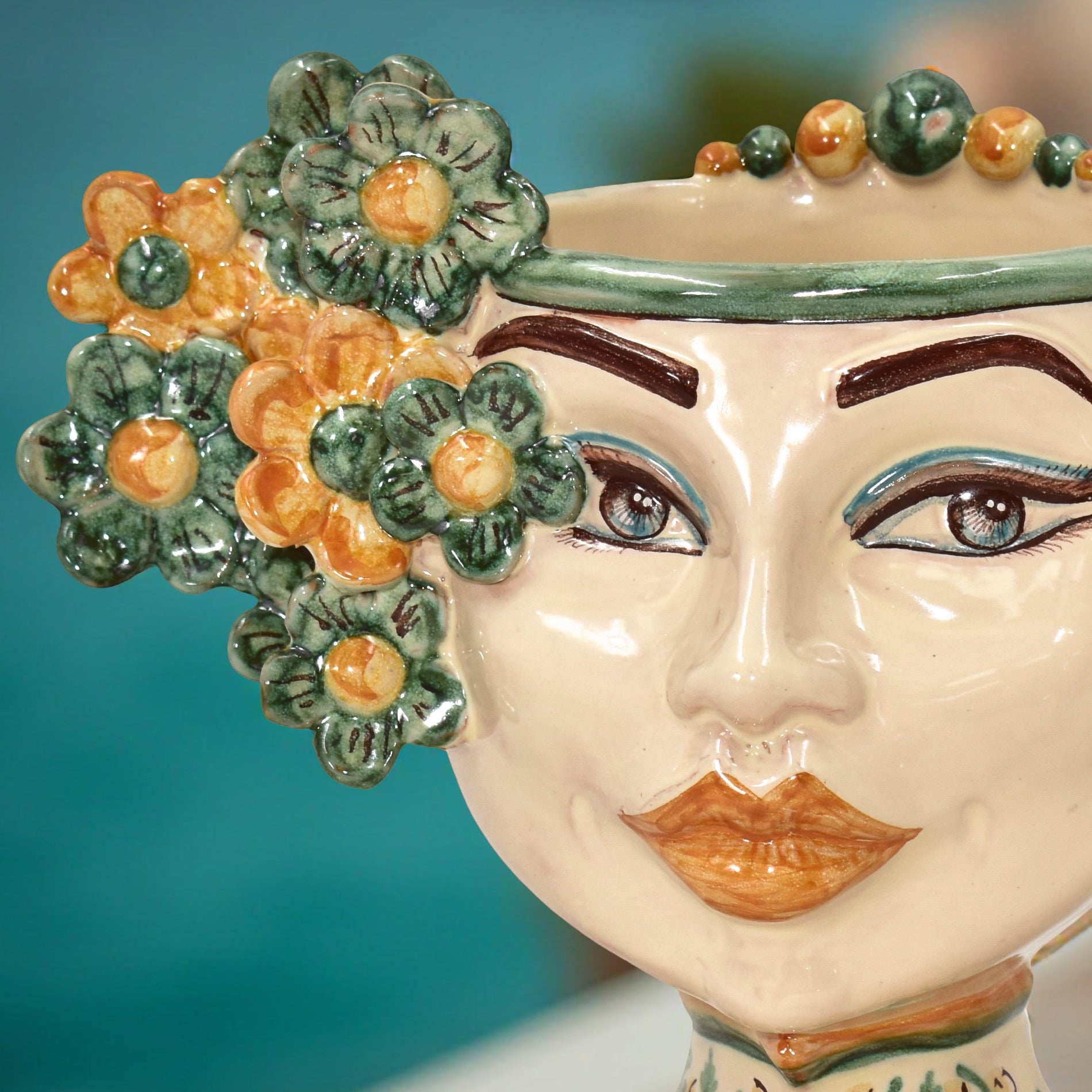
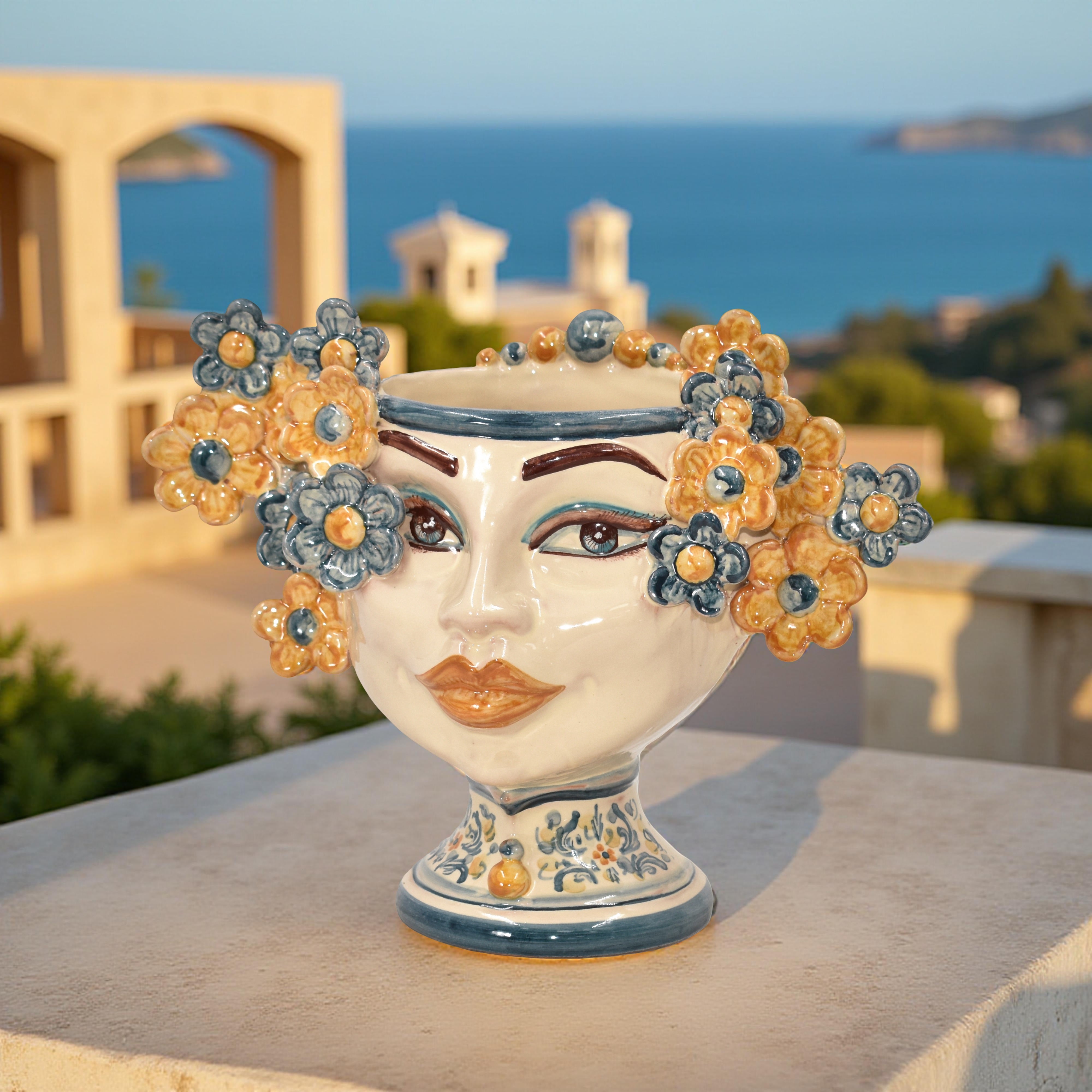
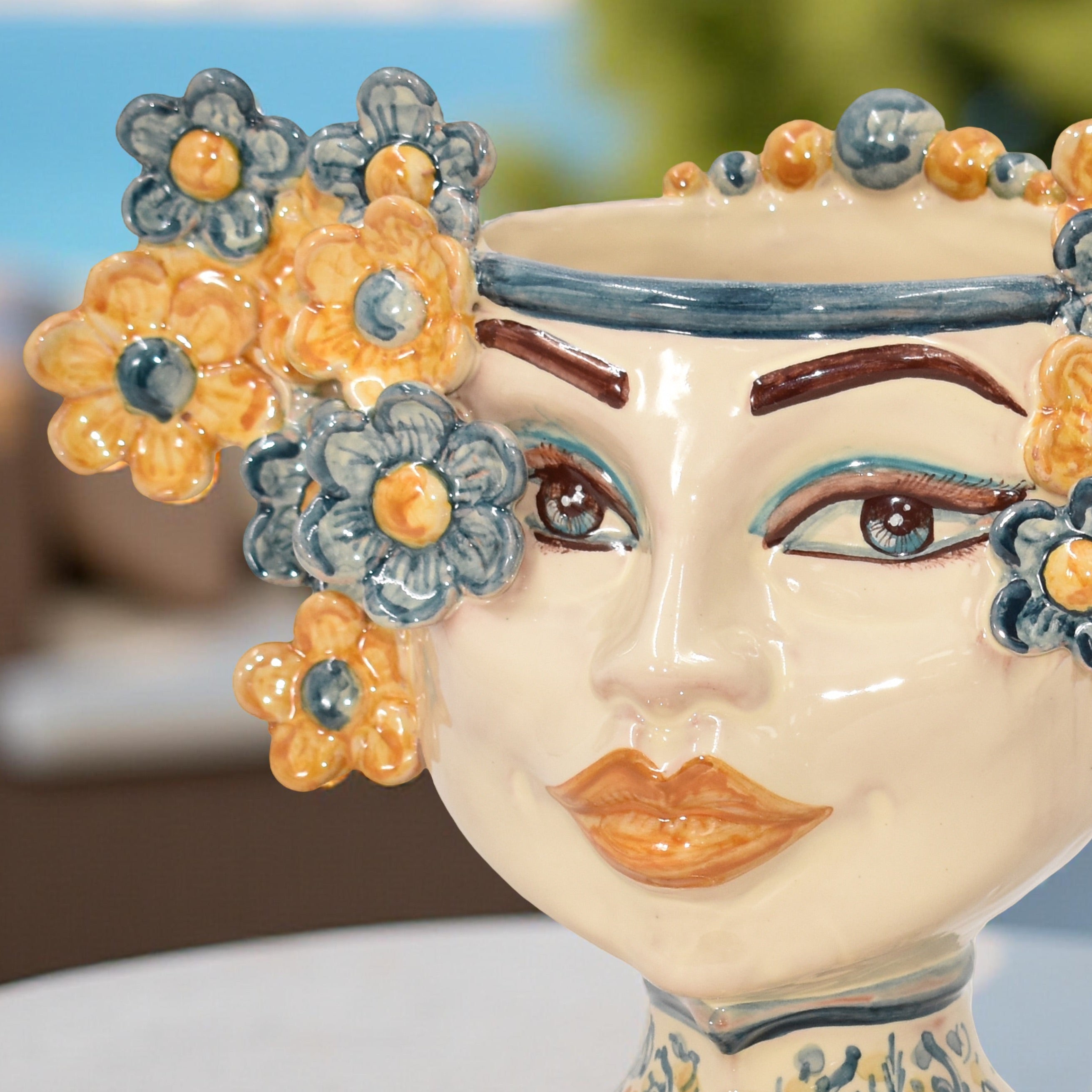
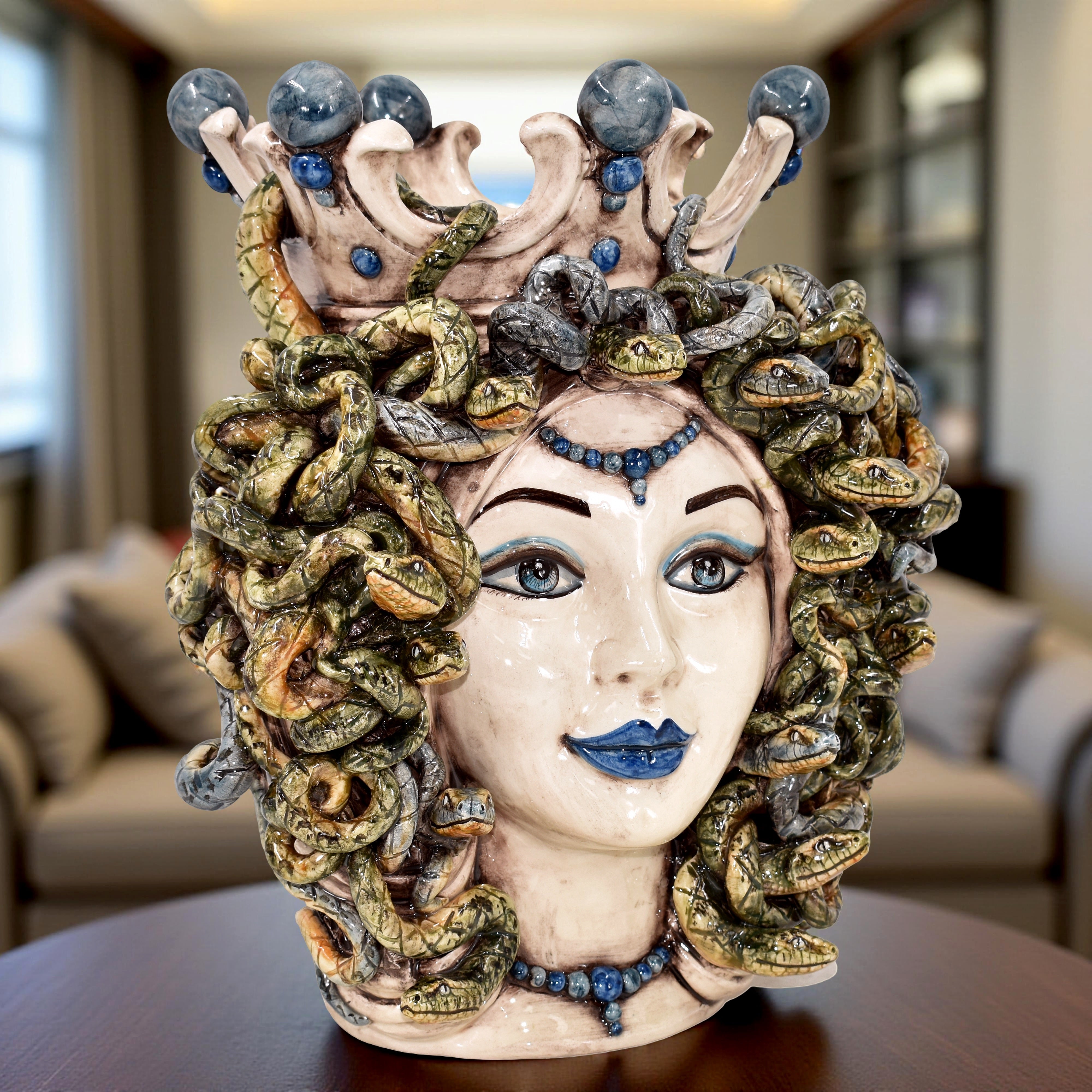
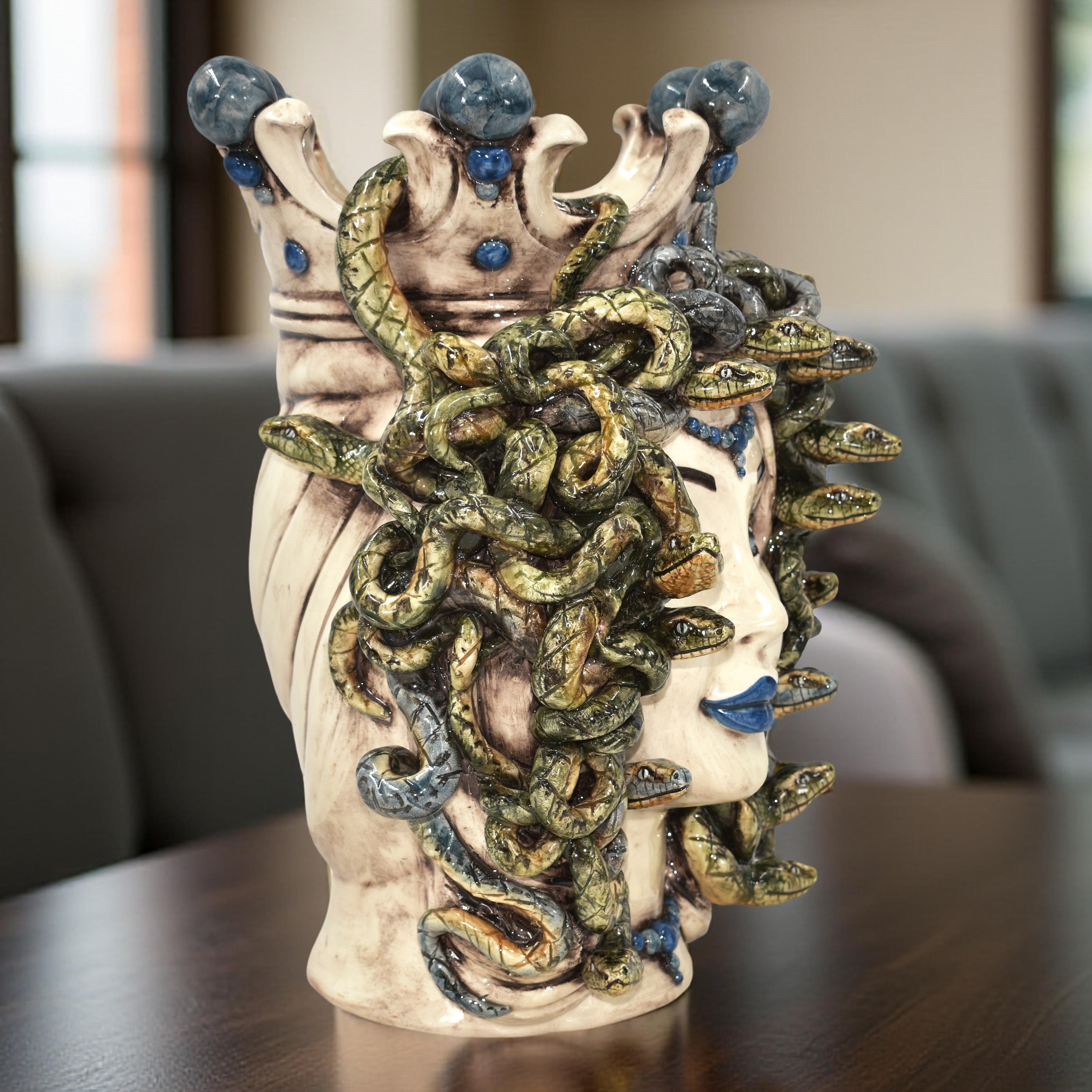
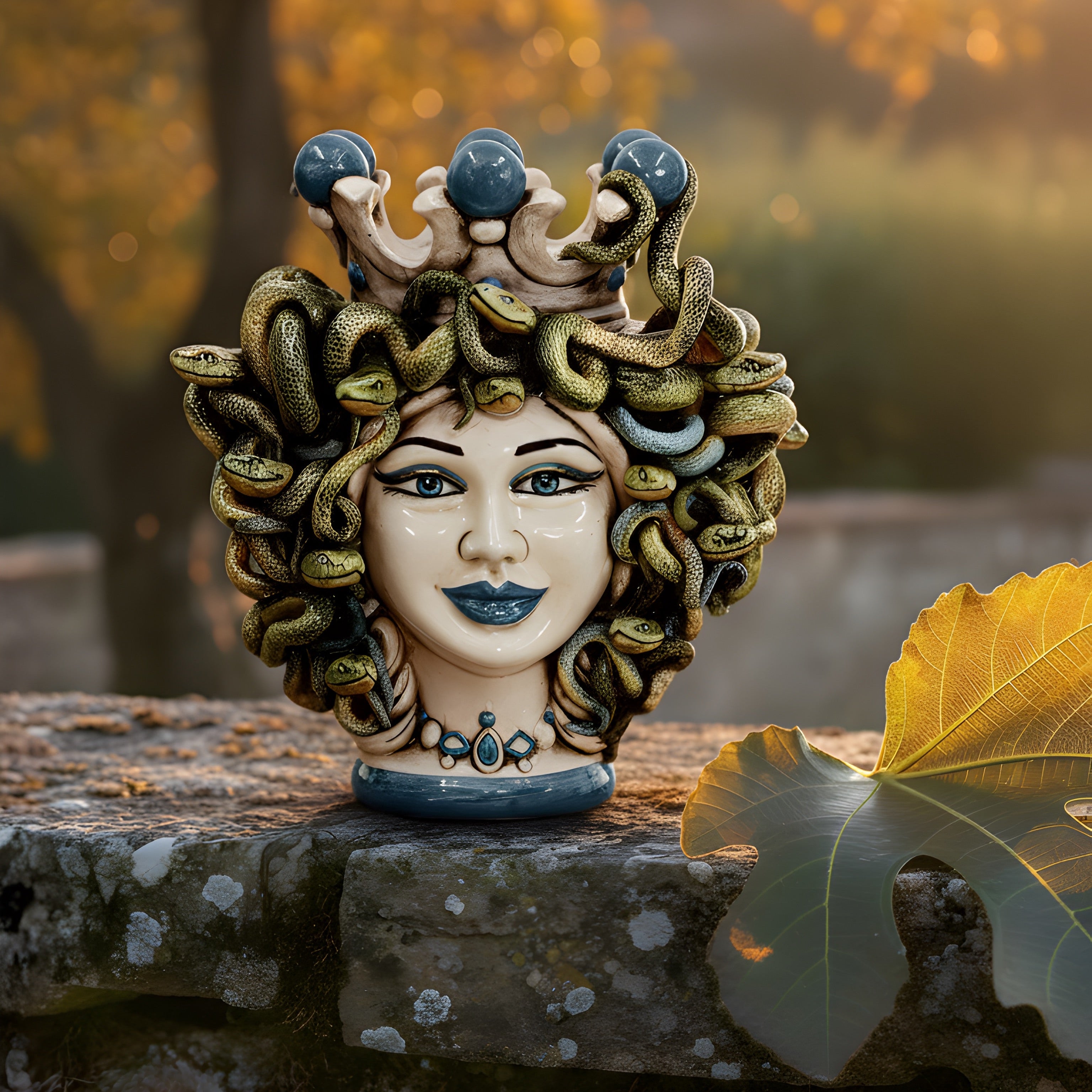
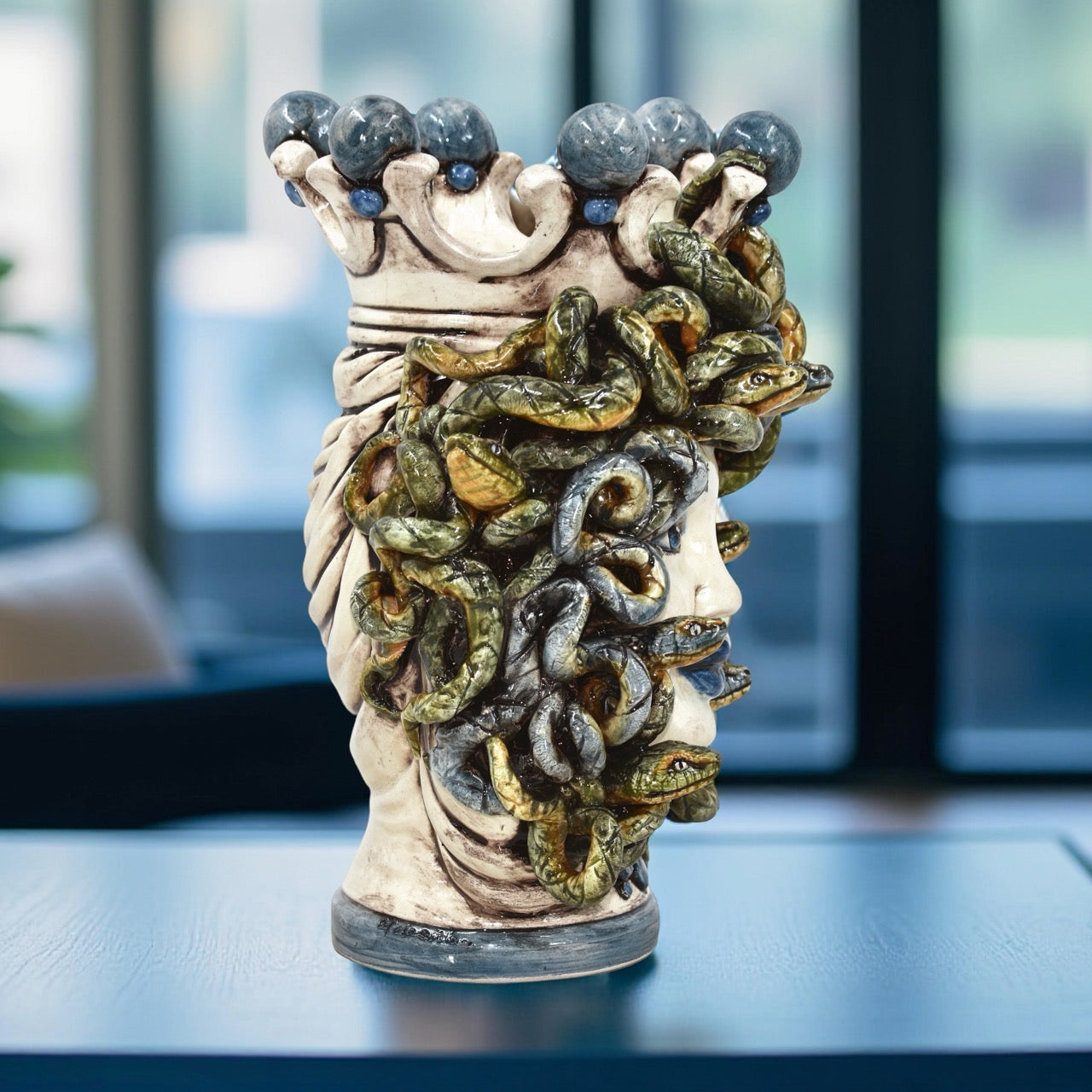
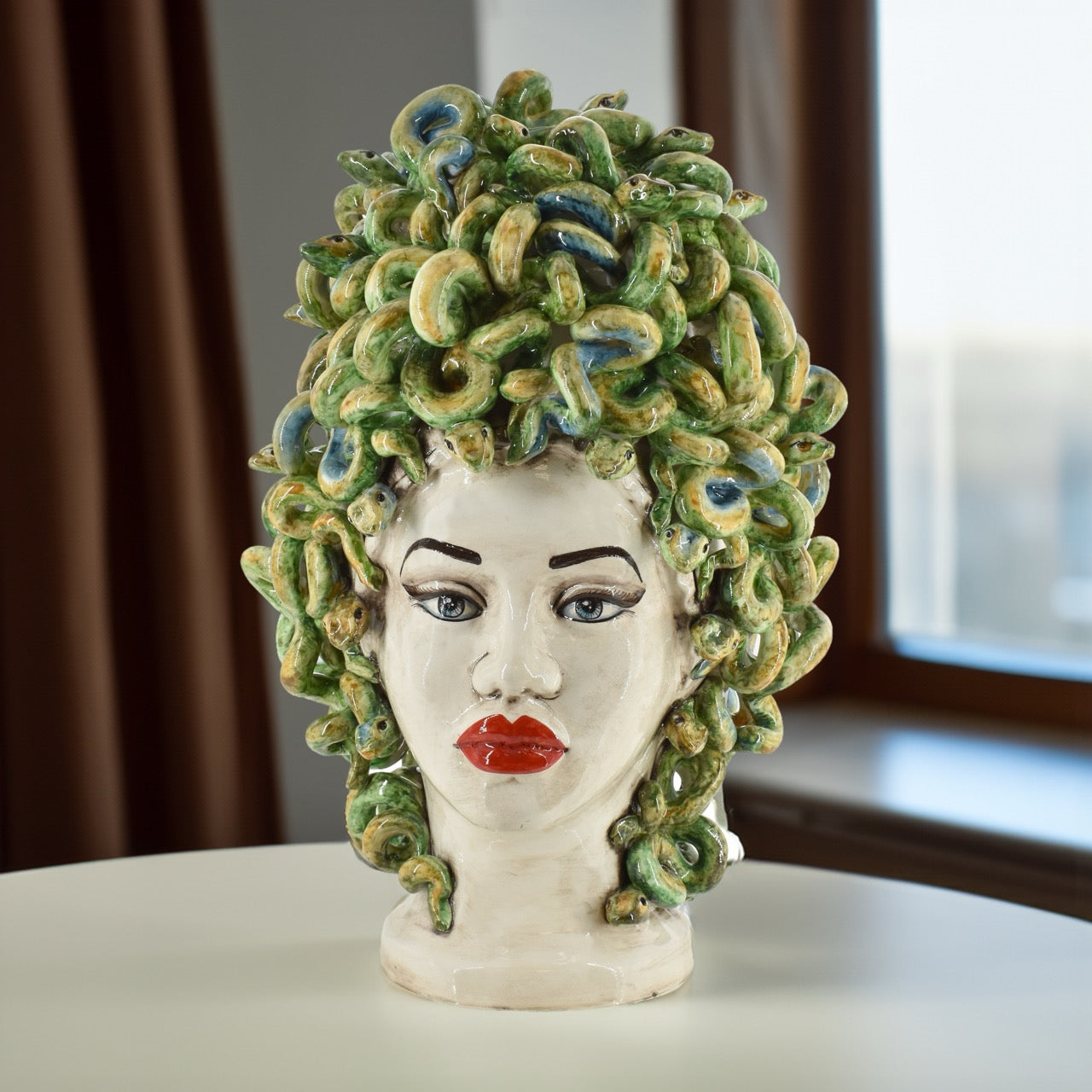
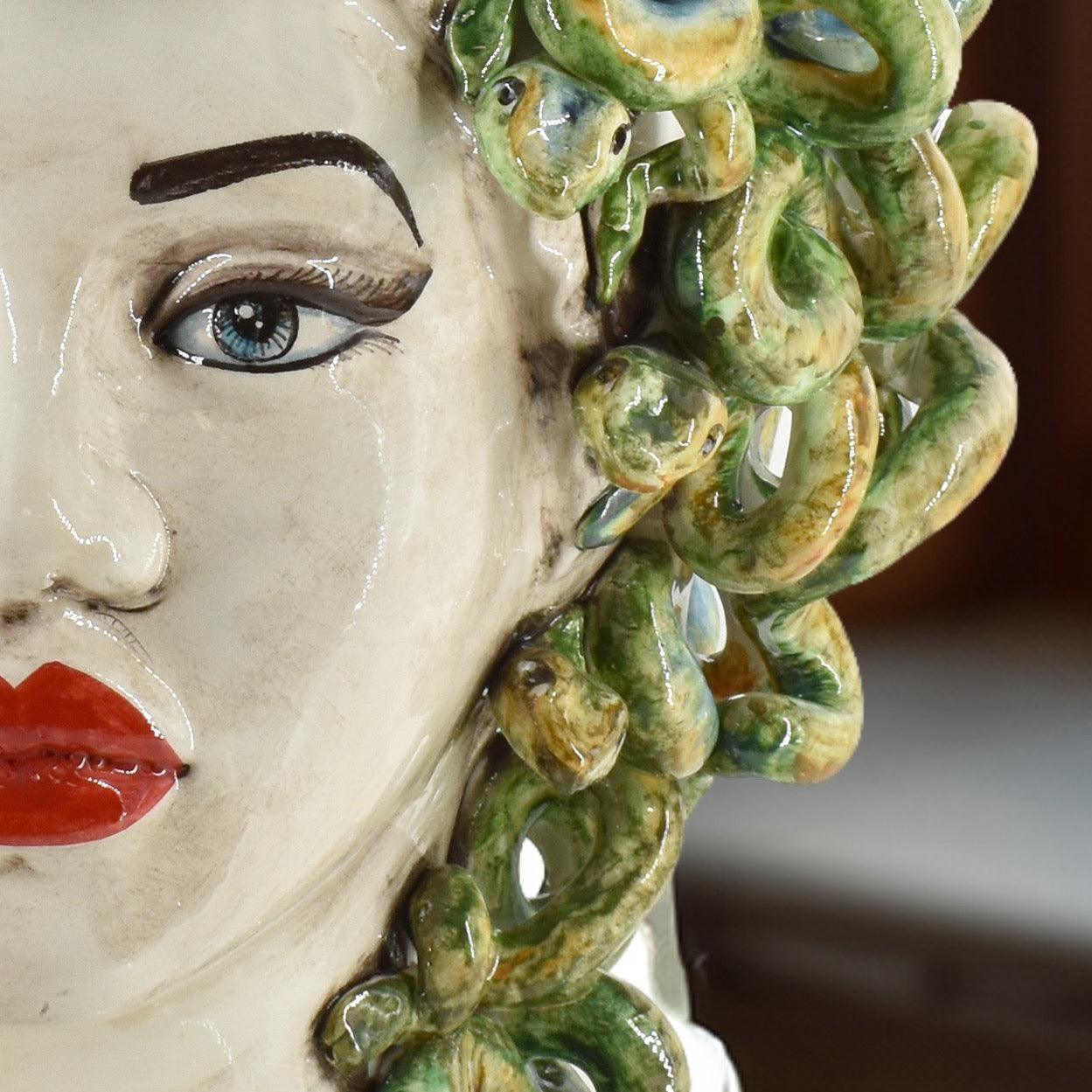
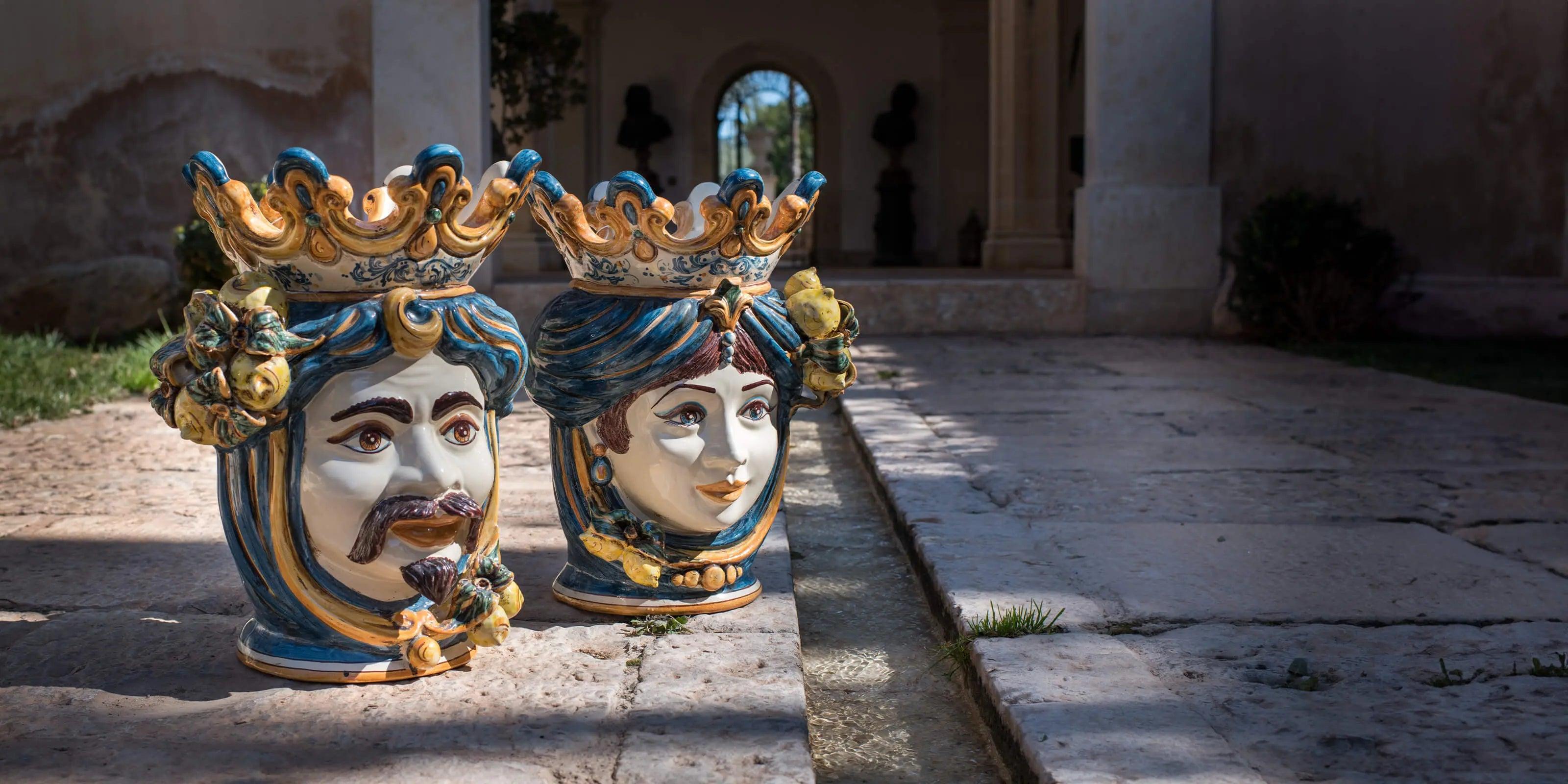
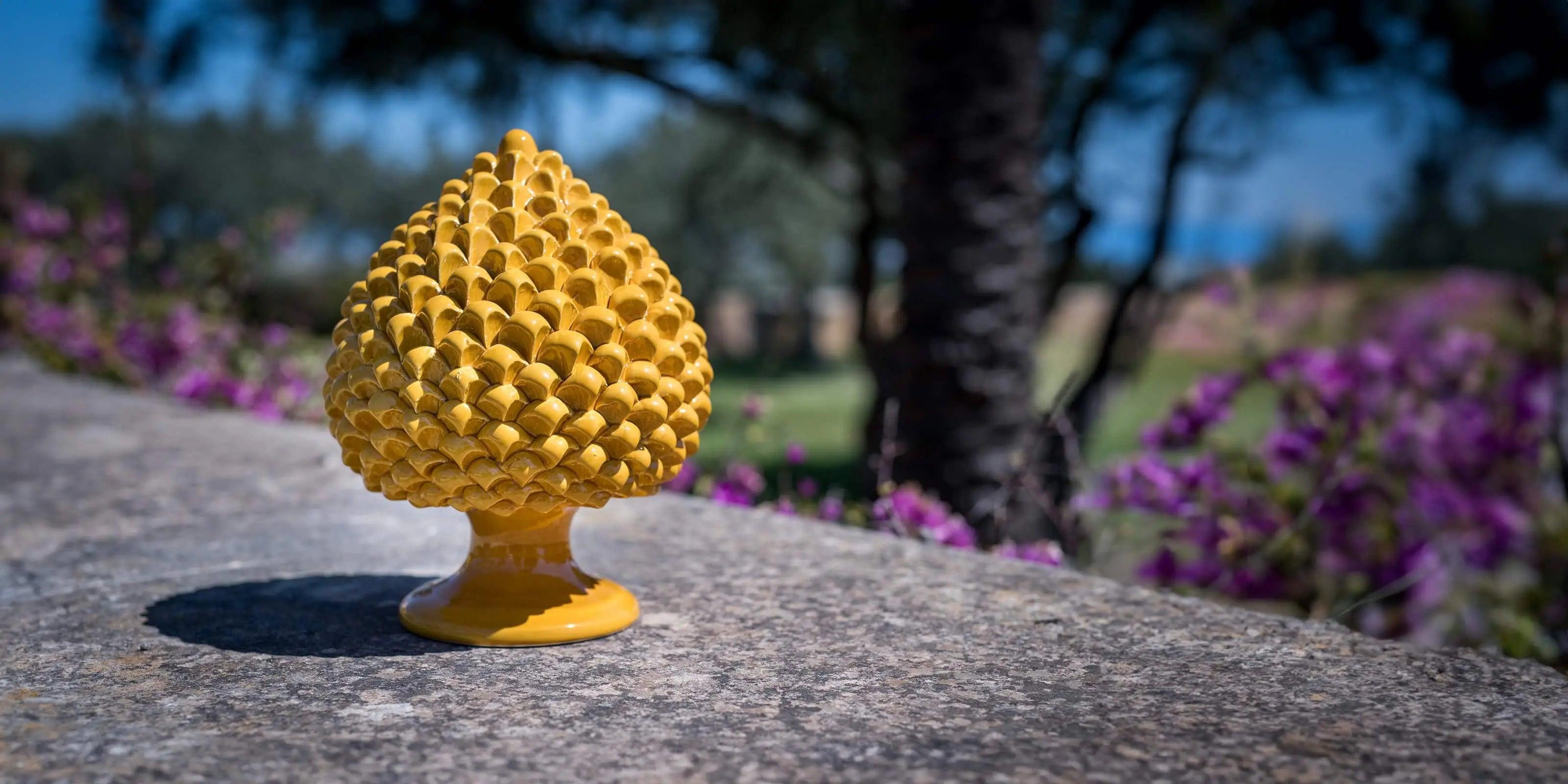
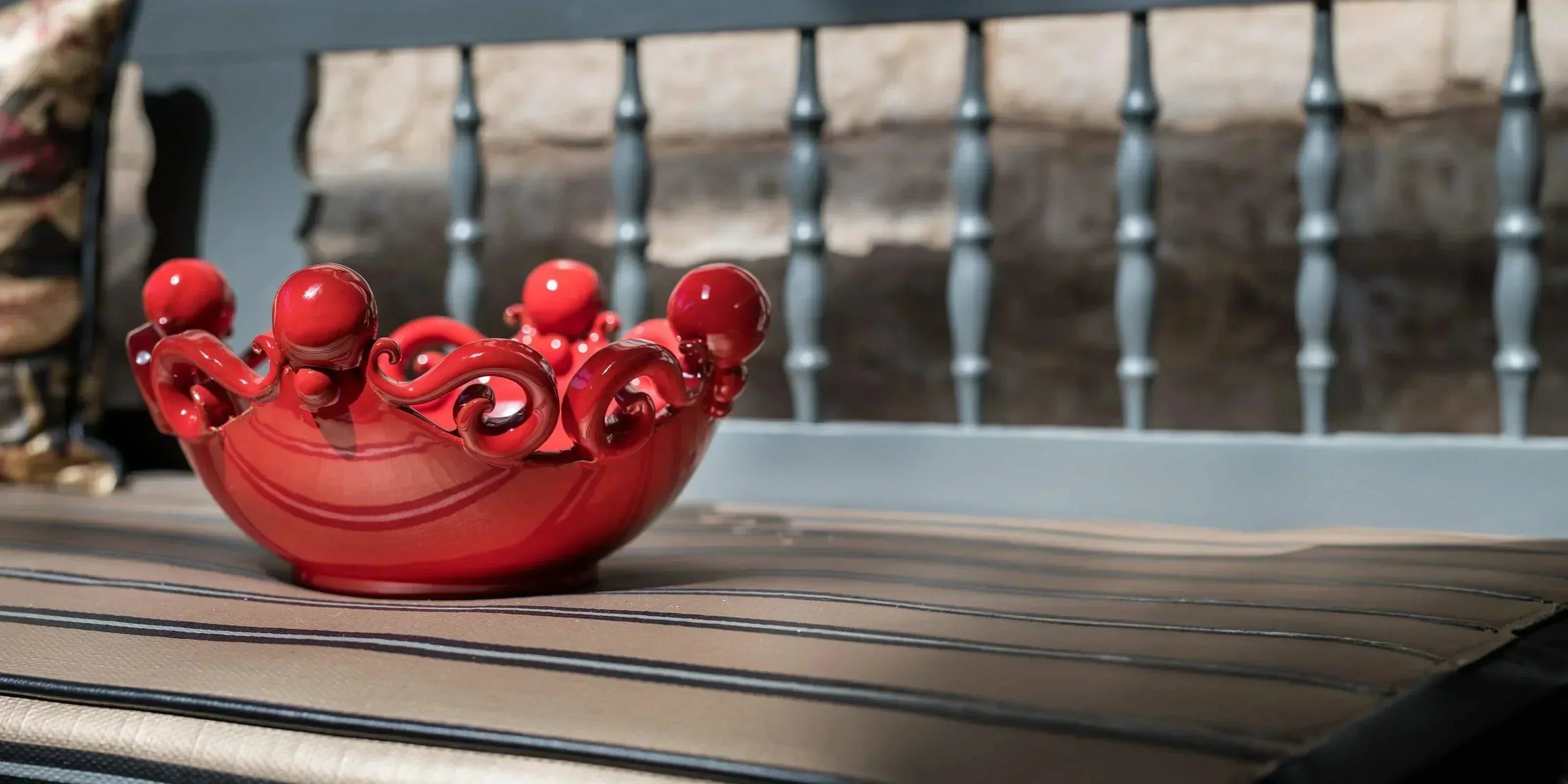
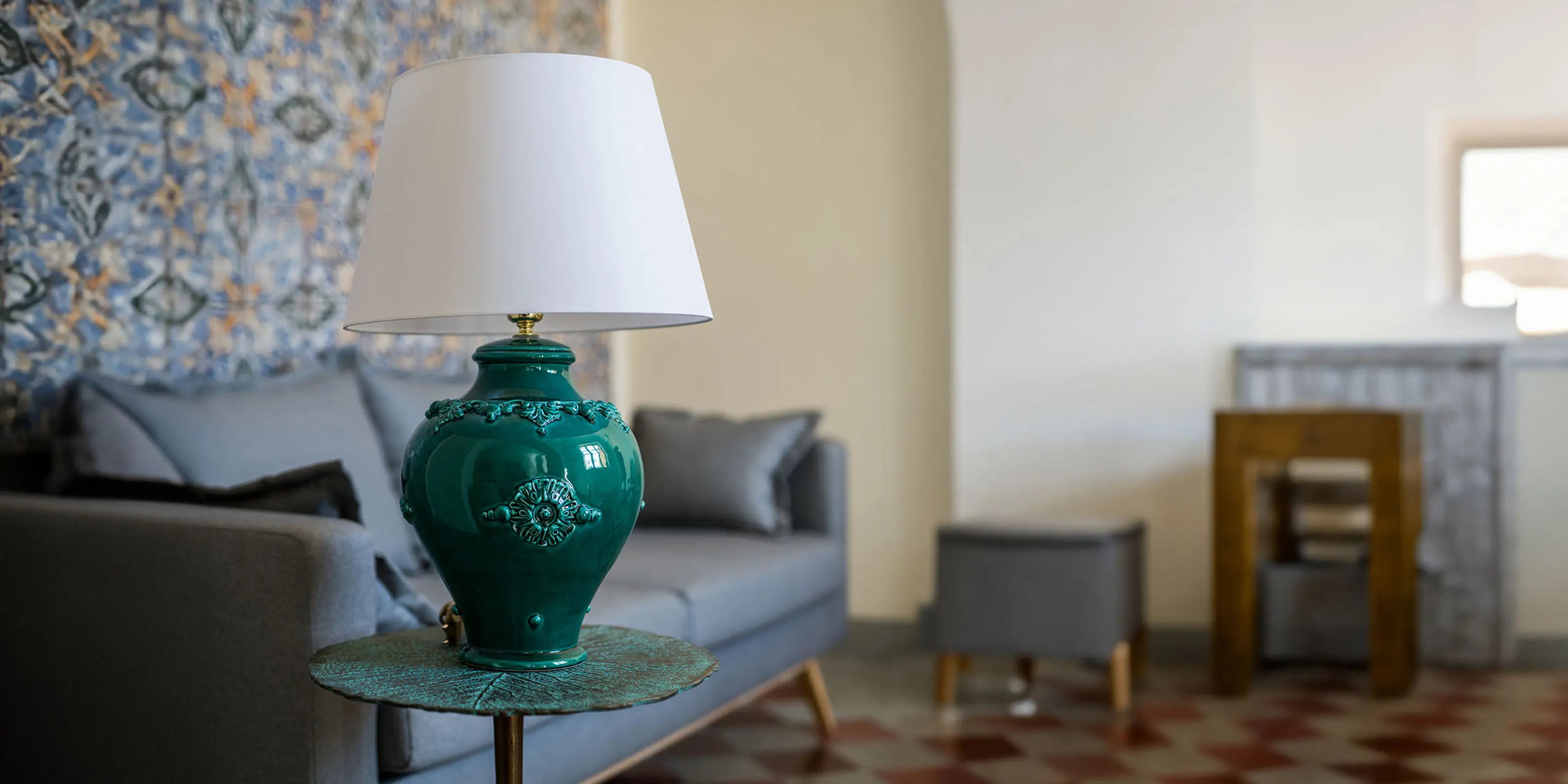
Leave a comment
All comments are moderated before being published.
This site is protected by hCaptcha and the hCaptcha Privacy Policy and Terms of Service apply.